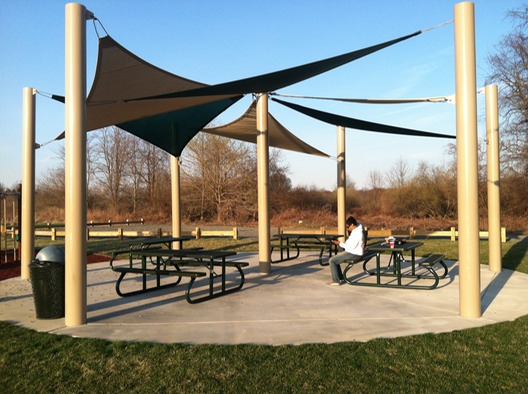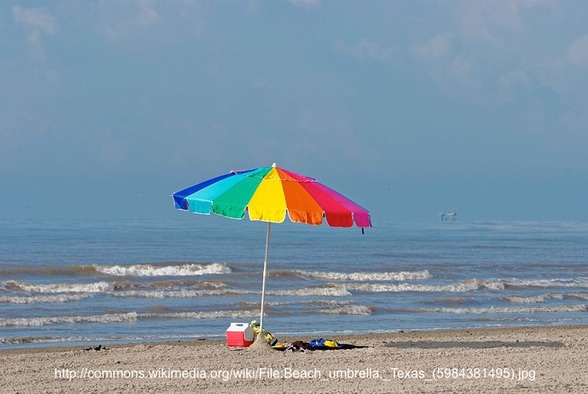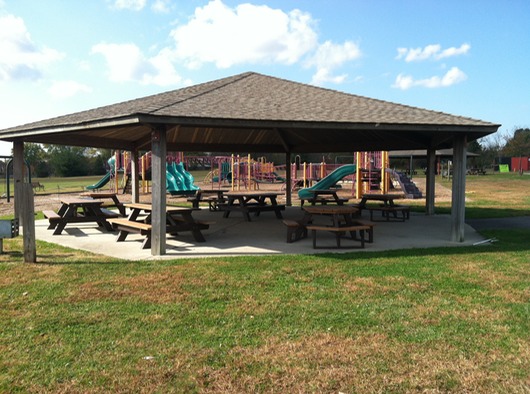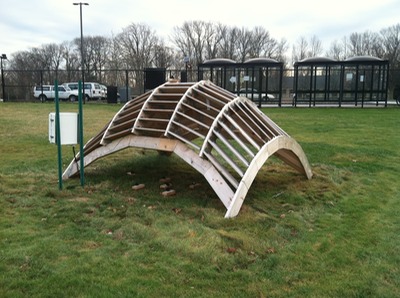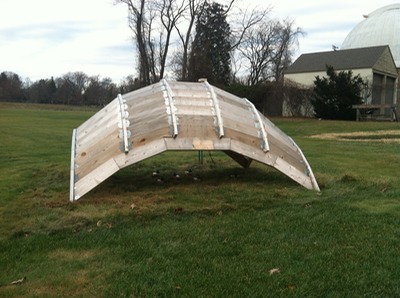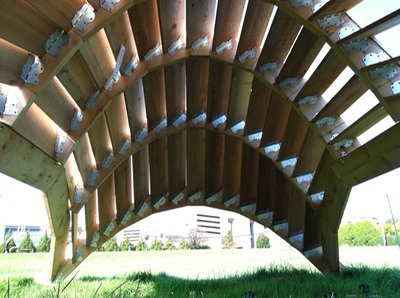Excessive Ultraviolet (UV) radiation exposure results in various health hazards for humans. The United States Environmental Protection Agency (EPA) maintains that moderate health risk starts at a UV Index of 2.5, where protection such as built shade should be sought. However, commercially available shading structures often fail to take into account varying solar positions at different geographic locations and times of the day. They are typically designed with a “one-design-fits-all” mentality which ignores the site-specificity and time dependency of the position of the sun. These can include, but is not limited to, solar sails, umbrellas, and pavillions, as below. This site describes a tested design methodology for a large span louvered shell system that mitigates the harmful effects of UV radiation exposure. The structural beams of the presented grid shell are integrated and optimized as louvers that block out harmful UV radiation only when it poses health risks. The design approach incorporates algorithms that allow for the identification of critical solar positions using a UV Index algorithm, shade analysis, structural form finding and definition of louver orientations and depth. To validate the methodology, a physical prototype (seen at right) is designed, built, equipped with UV sensors and monitored over a period of four months. The presented and tested approach allows for the design of site-specific louvered shells that effectively shade large scale urban spaces (such as public squares, outdoor play and sports grounds and entertainment areas). The resulting novel shades offer an effective strategy for the prevention of UV radiation health risks through the interaction of the built environment.
Publications:
Horner, M., Rhode-Barbarigos, L., Adriaenssens, S. (2014). ‘Site-specific louvered shells for shading harmful Ultraviolet radiation.’ In: Building and Environment. http://dx.doi.org/10.1016/j.buildenv.2014.04.005
Adriaenssens, S; Rhode-Barbarigos, L.; Horner, M.; Charpentier, V. (2014). ’Dialectic Form Finding of Sustainable Integrated Structures.’ IASS conference 2014, Brasilia, Brazil.
Adriaenssens, S.; Rhode-Barbarigos, L.; Kilian, A.; Baverel, O.; Charpentier, V.; Horner, M., Buzatu, D. (2014). ‘Dialectic form finding of passive and active shading enclosures.’ In: Energies (submitted).
Thean, T. (2014). 'Site-specific shades offer sun protection.’ DISCOVERY Research at Princeton. https://discovery.princeton.edu/2013/10/31/site-specific-shades-offer-sun-protection/
Funding:
Helen Shipley Hunt Fund, Princeton University
